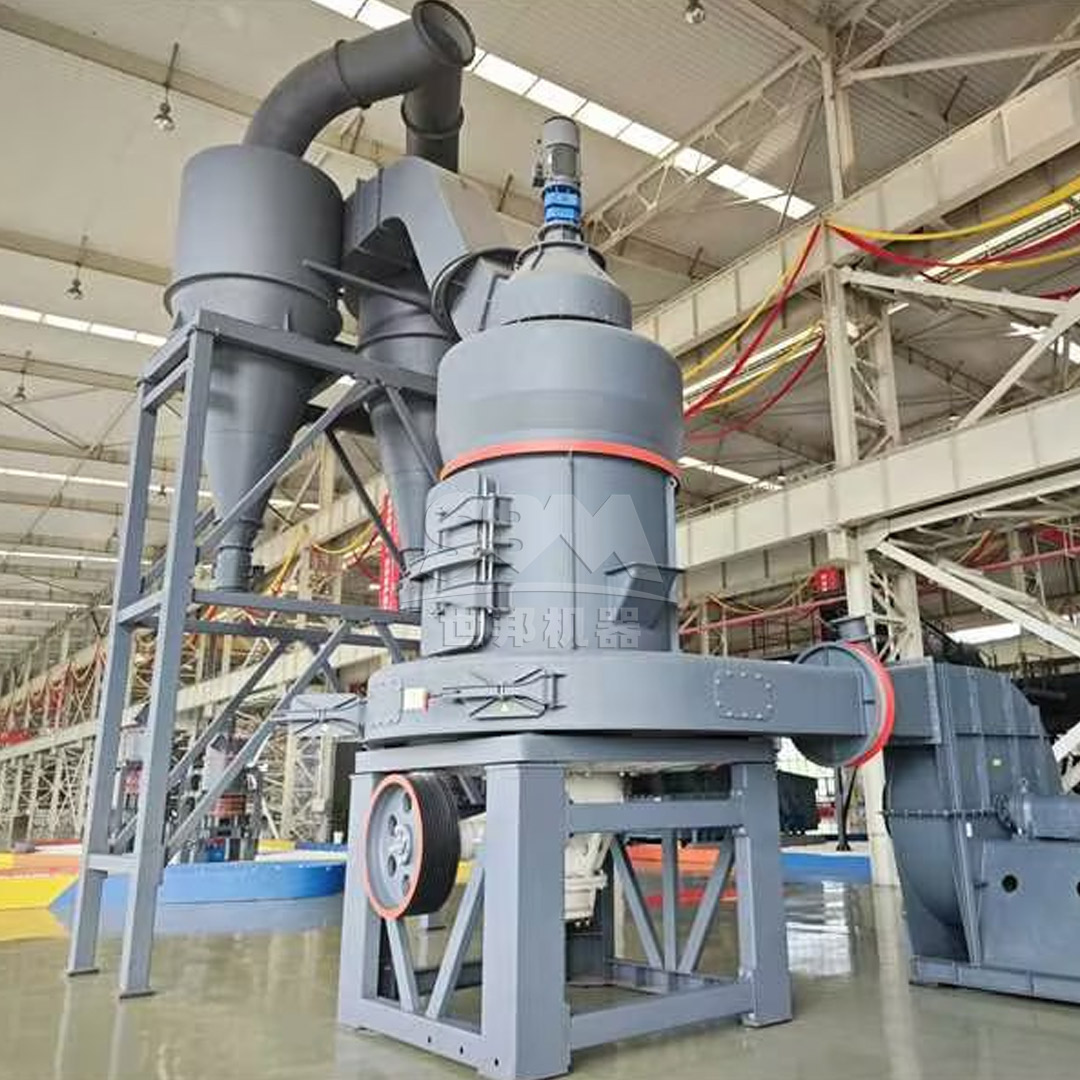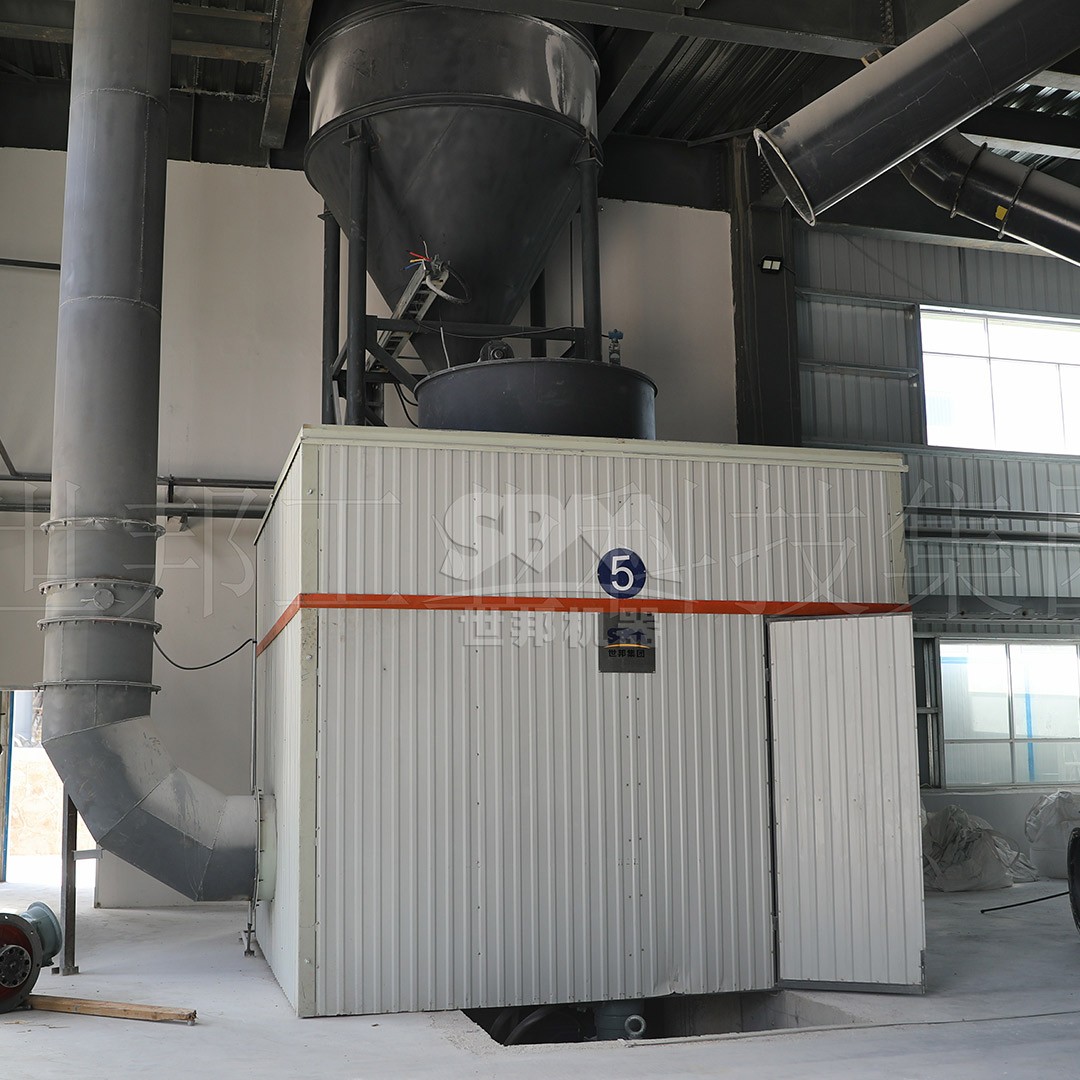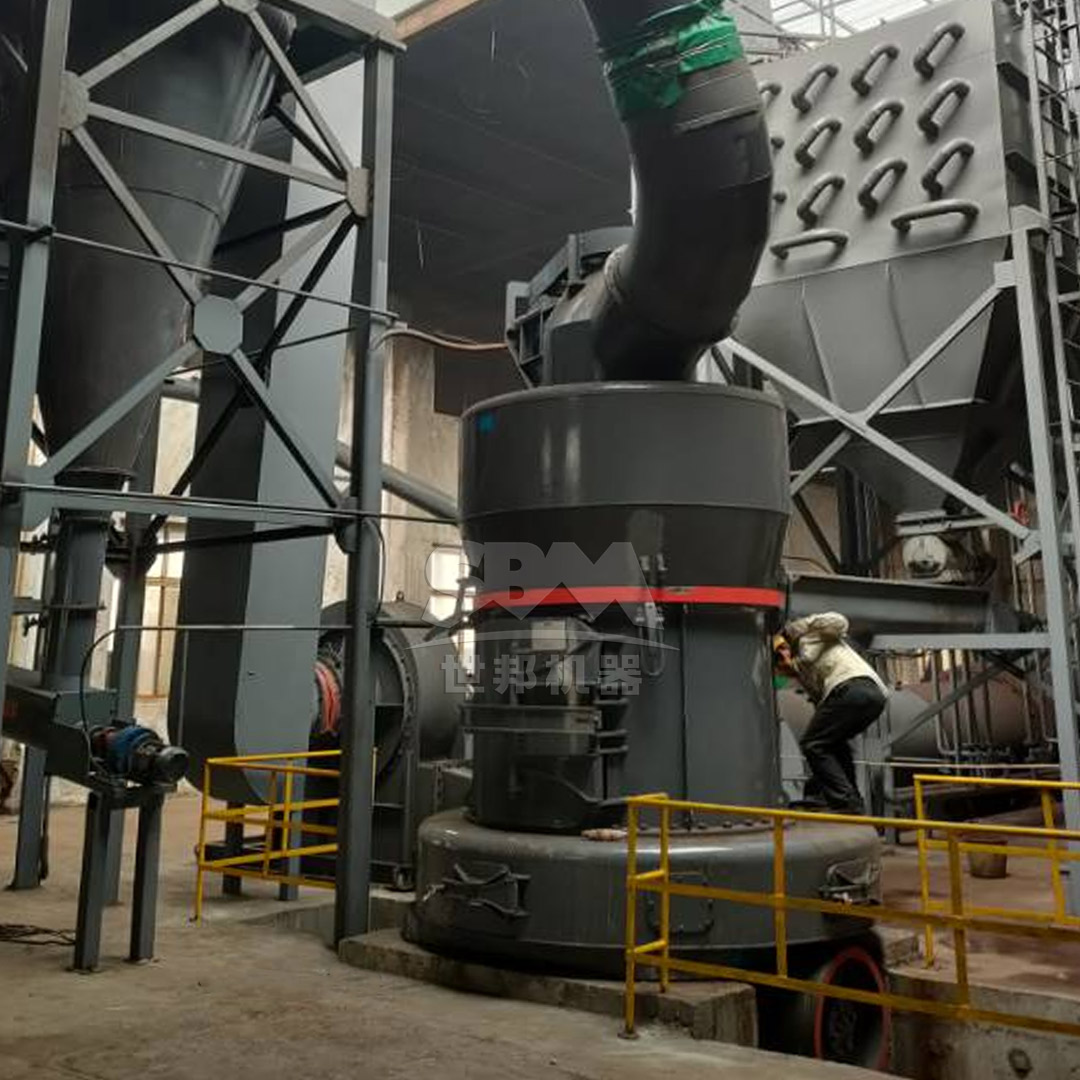Talc, a hydrous magnesium silicate mineral, is one of the most essential ingredients in cosmetic formulations. Its unique properties including softness, lubricity, oil absorption, and chemical inertness make it ideal for products like face powders, eyeshadows, foundations, and body powders. However, the transformation of raw talc into ultra-fine powder suitable for high-end cosmetics requires sophisticated processing technology and strict quality control.
The cosmetic industry demands talc powders with specific characteristics: ultra-fine particle size (typically below 20μm, often reaching 5μm or less), narrow particle size distribution, high brightness, and exceptional purity. Achieving these specifications requires specialized milling equipment capable of precise particle size control while maintaining the mineral’s natural properties.

The quality of cosmetic-grade talc begins with careful raw material selection. High-purity talc ore with minimal impurities (especially asbestos fibers, which must be completely absent) is essential. The initial processing stages include:
Proper pre-treatment ensures that the talc entering the fine grinding process has consistent chemical composition and physical properties, which is crucial for achieving uniform final product quality.
The heart of cosmetic talc production lies in the ultra-fine grinding process. Conventional milling equipment often fails to achieve the stringent requirements of cosmetic applications. Modern talc processing employs advanced milling technologies that can produce powders with controlled particle size distribution while preserving the talc’s lamellar structure, which is responsible for its smoothness and slip properties.
| Parameter | Cosmetic Grade Requirement | Standard Grade |
|---|---|---|
| Particle Size (D97) | ≤5-20μm | ≤45μm |
| Particle Size Distribution | Narrow (uniform) | Wider range |
| Brightness | ≥90% | 80-85% |
| Iron Content | ≤0.5% | ≤1.5% |
| Microbiological Purity | Sterilized | Standard cleaning |
Meeting these specifications requires milling equipment with precise classification systems, temperature control to prevent degradation of talc properties, and contamination-free operation.
For producing high-quality cosmetic-grade talc powder, we recommend our SCM Series Ultrafine Mill, specifically designed for applications requiring ultra-fine powders with tight particle size distribution. This mill excels in talc processing due to its advanced technological features:
The SCM Ultrafine Mill handles feed material up to 20mm and delivers production capacities from 0.5 to 25 tons per hour, depending on the required fineness. Its intelligent control system automatically monitors and adjusts product fineness, ensuring consistent quality throughout production runs.

| Model | Capacity (t/h) | Main Motor Power (kW) | Feed Size (mm) | Final Fineness (mesh) |
|---|---|---|---|---|
| SCM800 | 0.5-4.5 | 75 | 0-20 | 325-2500 |
| SCM900 | 0.8-6.5 | 90 | 0-20 | 325-2500 |
| SCM1000 | 1.0-8.5 | 132 | 0-20 | 325-2500 |
| SCM1250 | 2.5-14 | 185 | 0-20 | 325-2500 |
| SCM1680 | 5.0-25 | 315 | 0-20 | 325-2500 |
A comprehensive talc processing line for cosmetic applications involves multiple stages, each critical to achieving the final product quality. A typical setup includes:
Raw talc ore is first reduced to smaller particles using jaw crushers or hammer mills. For cosmetic-grade talc, it’s essential to avoid iron contamination during this stage, so equipment with ceramic or special alloy linings is preferred.
For intermediate grinding stages, our MTW Series Trapezium Mill offers excellent performance. With its curved air duct design and efficient transmission system, this mill provides reliable operation with low maintenance requirements. The MTW series handles feed sizes up to 50mm and produces powders from 30 to 325 mesh, making it ideal for the preliminary grinding stages before ultra-fine processing.
Key advantages of the MTW Series for talc processing include:
The MTW mill serves as an excellent preparatory step before the final ultra-fine grinding, ensuring optimal feed size and uniformity for the SCM Ultrafine Mill.

This is the most critical stage where the SCM Ultrafine Mill operates. The mill’s multi-layered grinding principle combined with the high-precision classifier ensures that the talc particles meet the exact size specifications required for cosmetic applications. The closed-circuit system allows for continuous operation with automatic feedback control.
After grinding, cosmetic talc often undergoes surface treatment to enhance its performance in formulations. Common treatments include:
The final stage involves rigorous quality control testing for particle size distribution, brightness, chemical purity, and microbiological safety. Advanced packaging systems ensure that the talc powder remains contamination-free during storage and transportation.
Producing talc for cosmetic applications requires adherence to strict quality standards and regulatory requirements. Key aspects include:
Regular monitoring of particle size distribution using laser diffraction analyzers ensures consistent product quality. The SCM Ultrafine Mill’s integrated control system automatically adjusts operating parameters to maintain the target fineness.
Cosmetic talc must be free from harmful impurities, particularly asbestos fibers. Advanced analytical techniques including X-ray diffraction and electron microscopy are employed to verify purity.
Sterilization processes and strict hygiene protocols prevent microbial contamination, ensuring the talc meets cosmetic safety standards.
Spectrophotometric measurements ensure batch-to-batch consistency in color and brightness, critical for cosmetic applications where visual appearance is paramount.
The production of ultra-fine talc powder for cosmetic products requires specialized equipment and precise process control. Our SCM Ultrafine Mill, with its ability to produce powders as fine as 5μm with narrow particle size distribution, represents an ideal solution for manufacturers seeking to produce high-quality cosmetic talc. Combined with proper pre-treatment and quality control measures, this technology enables the production of talc that meets the stringent requirements of the global cosmetics industry.
For operations requiring different capacity ranges or dealing with varying raw material characteristics, our comprehensive product portfolio including the MTW Series Trapezium Mill offers flexible solutions tailored to specific production needs. The integration of these advanced milling technologies ensures efficient, cost-effective production of cosmetic-grade talc powders that meet the highest quality standards.